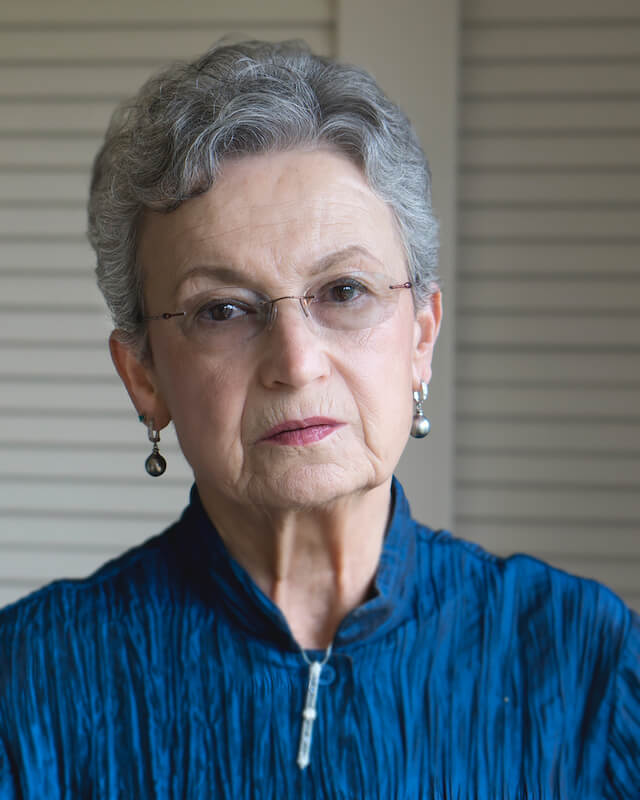Judi Iranyi was born in Hungary (1943). After World War II, she and her
family lived in a displaced persons camp in Germany for a few years
before emigrating to Venezuela, where she lived until she finished high
school. She has also lived in Trinidad, Barbados, Germany, and Okinawa
before moving to San Francisco in 1971.
Ms. Iranyi became interested in photography in the sixties. She earned a
BA degree in Art/Photography from San Francisco State University. Later
she received an MA degree in Visual Design from U.C. Berkeley;
completed a master!s level museum studies program at John F. Kennedy
University; and an MSW Degree in Social Work at San Francisco State
University.
Ms. Iranyi has worked as a freelance photographer taking environmental
portraits. She was also a staff photographer at the Judah L. Magnes
Museum in Berkeley and worked at the San Francisco Fine Arts Museums.
She also worked as a California Licensed Clinical Social Worker until her
retirement.
After retirement, Ms Iranyi dedicated her time to photography.
Her work includes portraits, travel photography, documentary, and street
photography. Recently she has shifted her emphasis to botanicals and still
life photography.
Three of her life passions are traveling, literature, and photography, which
have broadened her view of the world.
Flowers for Klara
On the 40th anniversary of my mother’s death, I decided to create a series
of floral bouquets to honor her memory.
She had a difficult life, living during WWII, living in displaced peoples’
camps and two emigrations one to Venezuela and then to Germany where
she died in her mid fifties after a long illness.
Exclusive Interview with Judi Iranyi and Remembering Michael